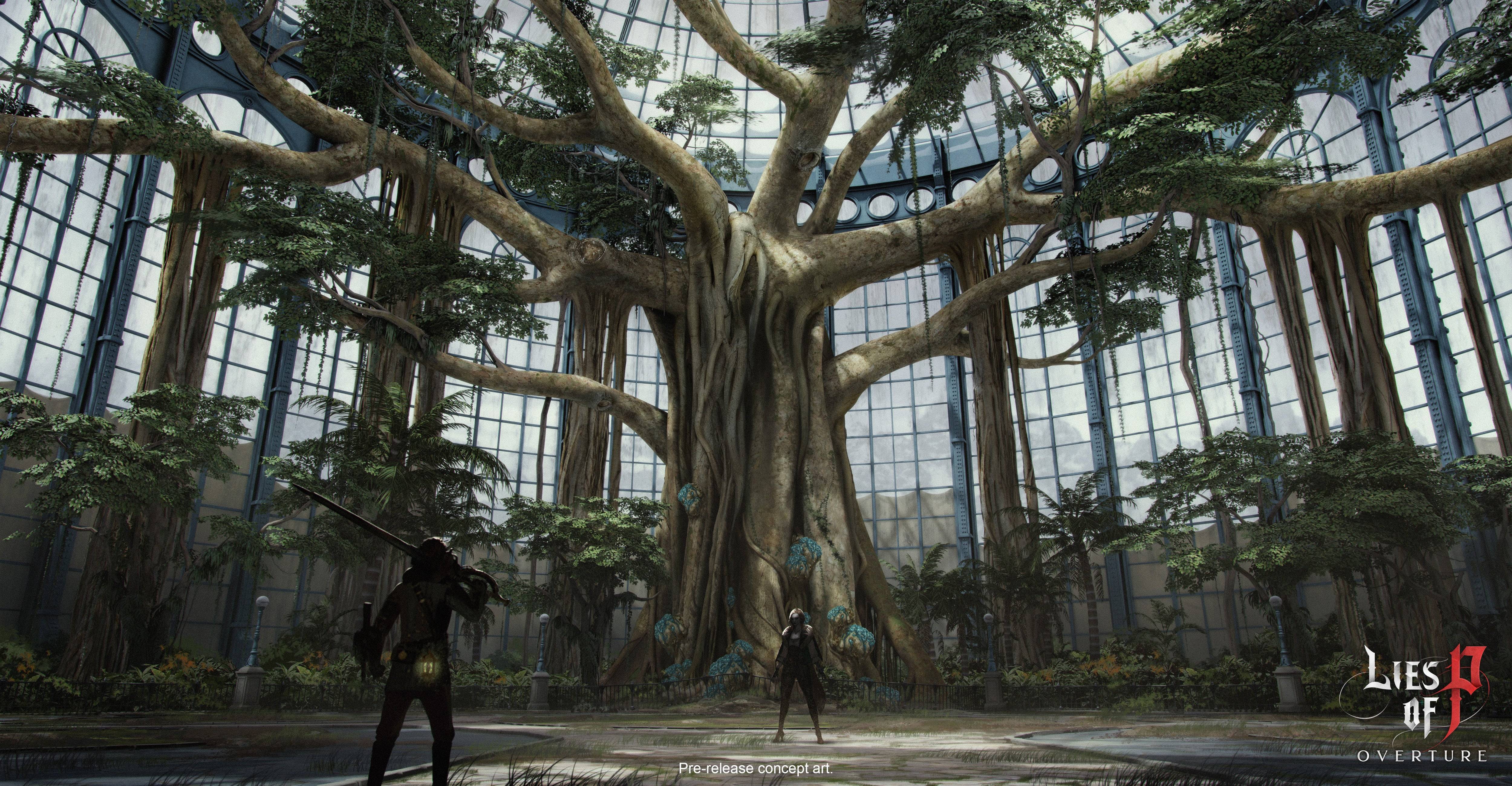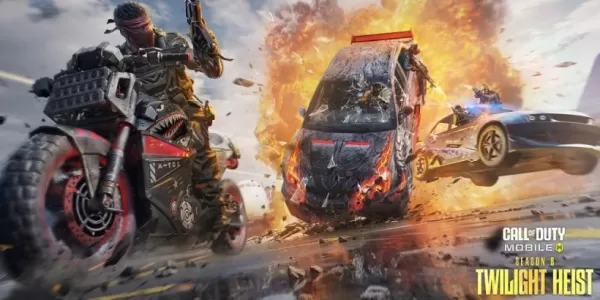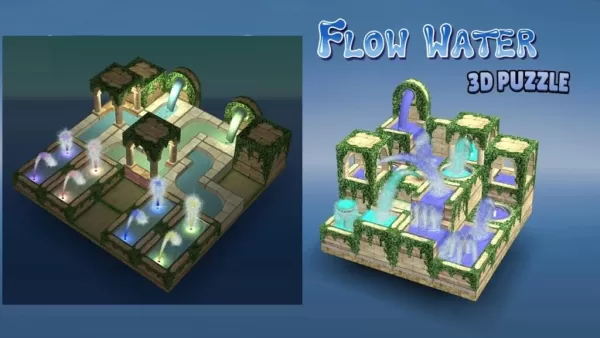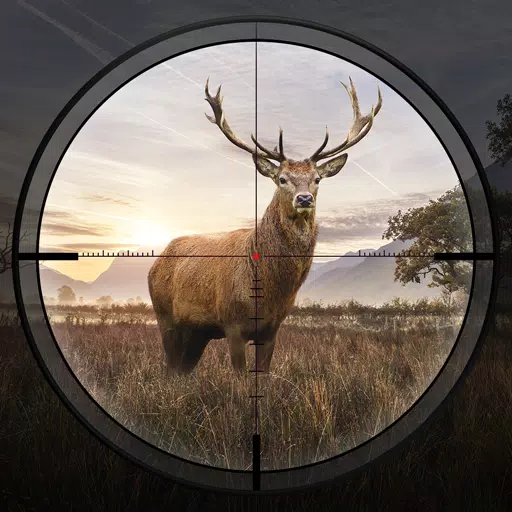Monster Hunter Wilds: Weapon Tuning and Design Philosophy
Every Monster Hunter release sparks anticipation among players eager to experience their favorite weapons in a new game. Each of the 14 weapon types retains its unique identity while adapting to each title's design. Monster Hunter: World's seamless map and Monster Hunter Rise's Wirebug mechanics are prime examples of how weapon feel changes with gameplay. But how did the developers approach weapon tuning in Monster Hunter Wilds, aiming for a seamless hunting experience?
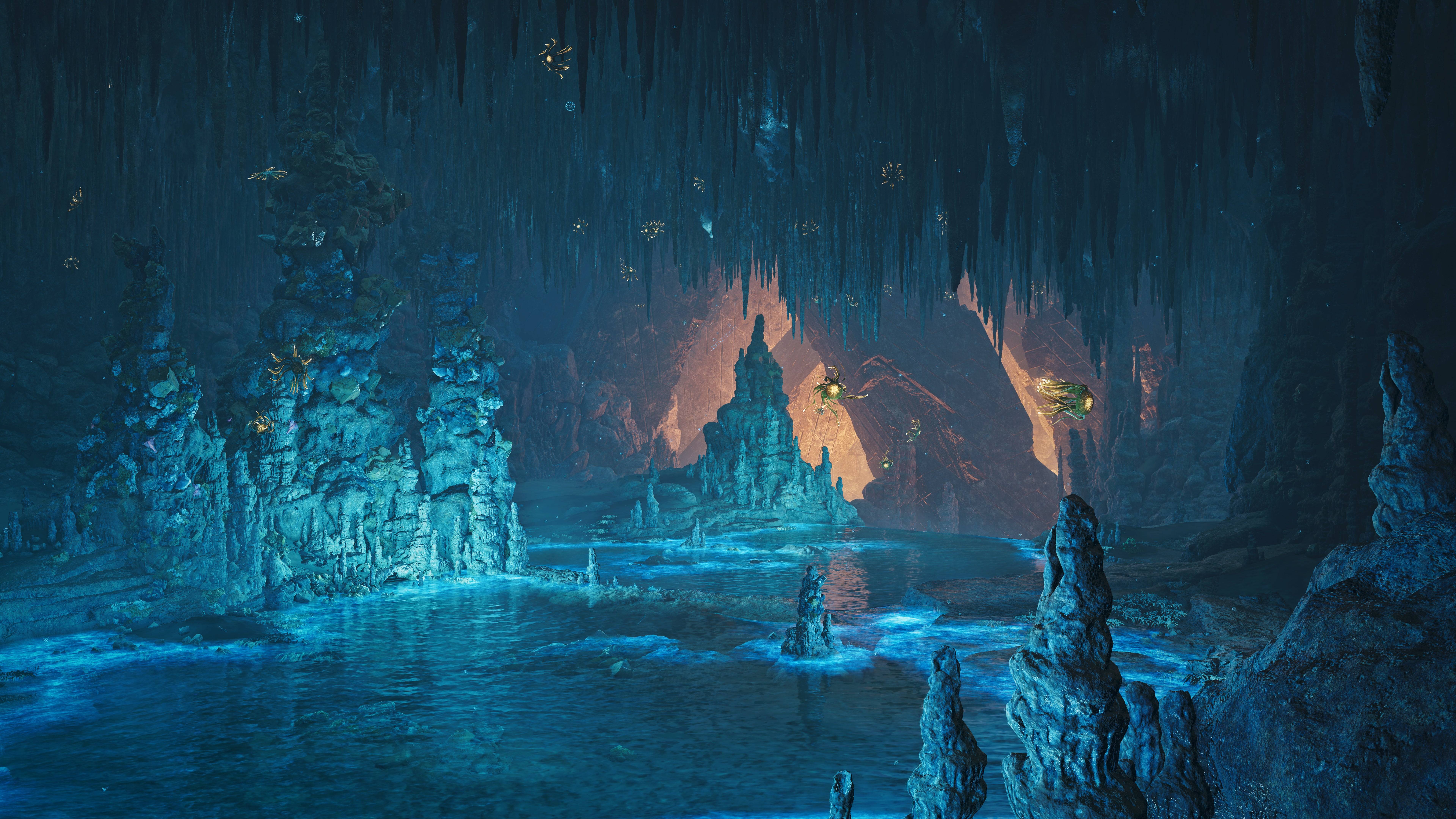
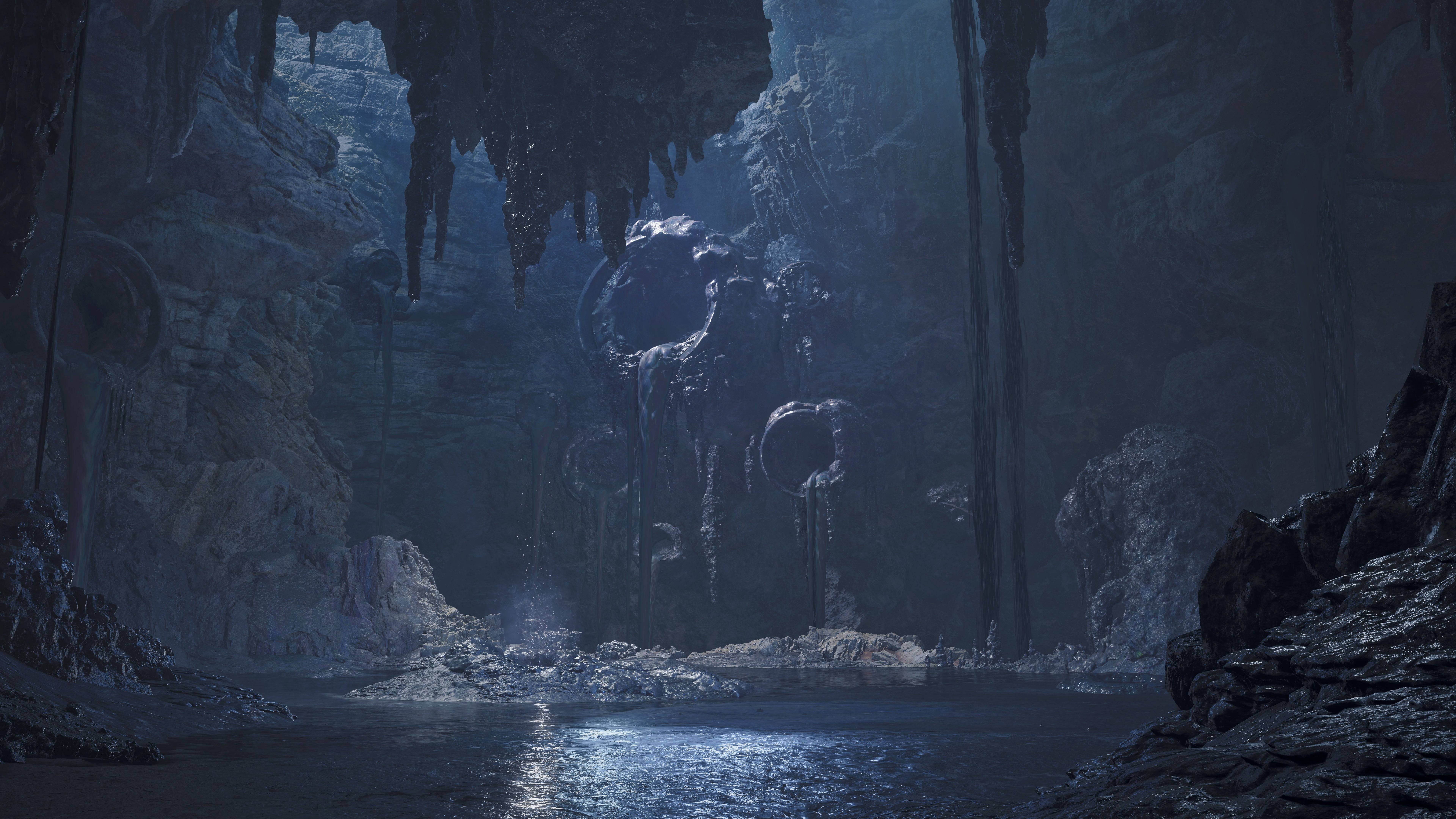
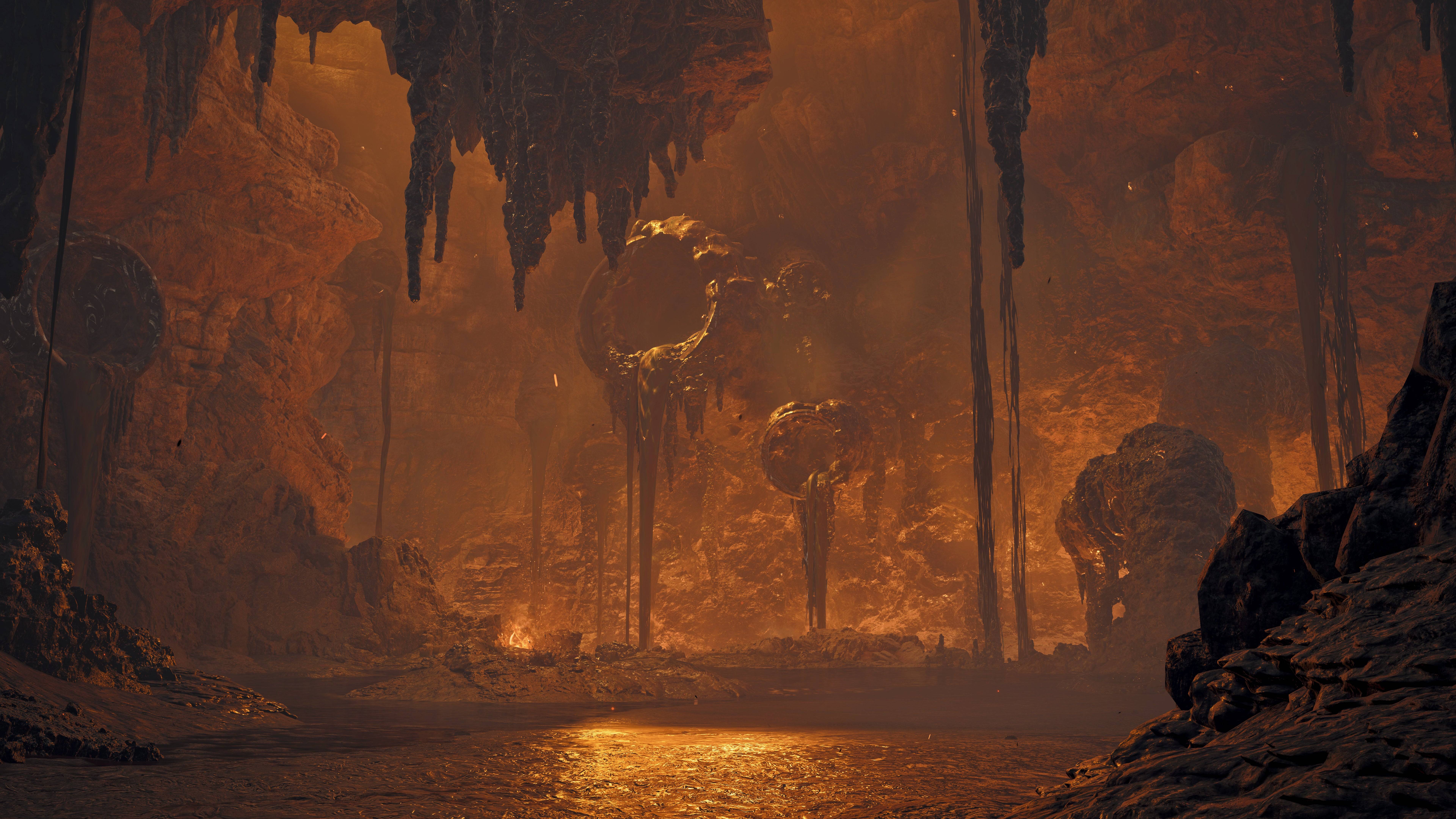
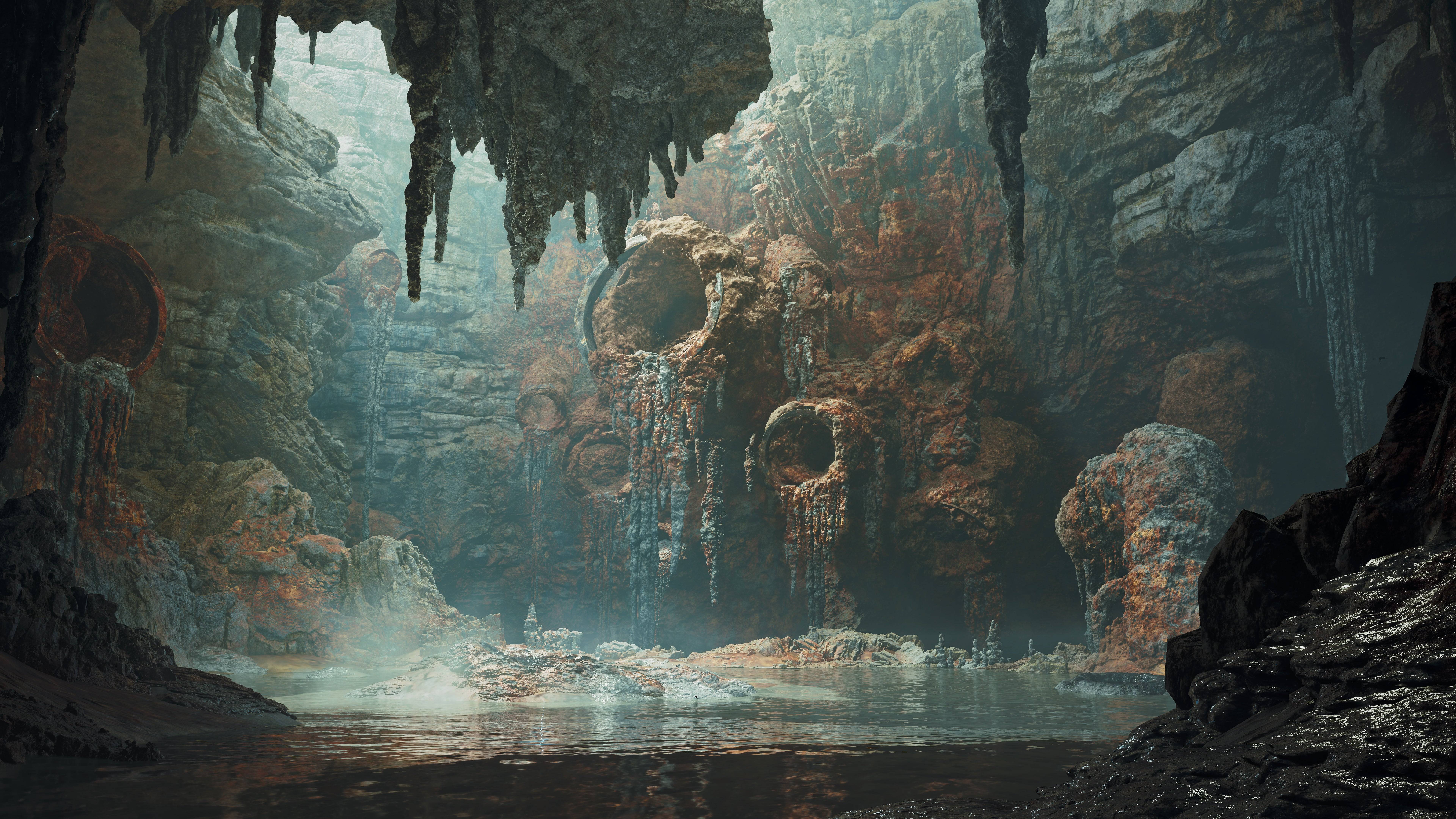
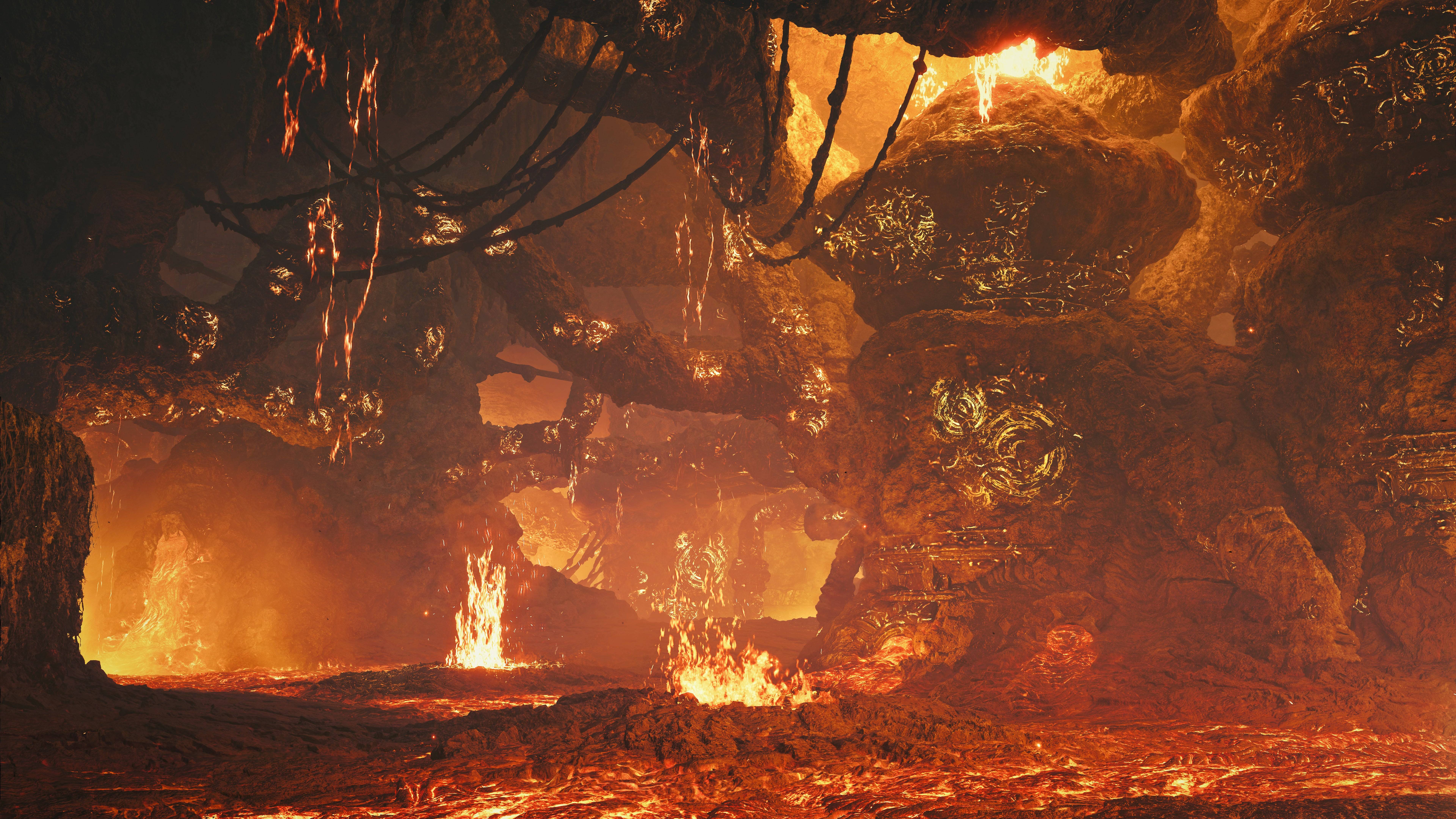
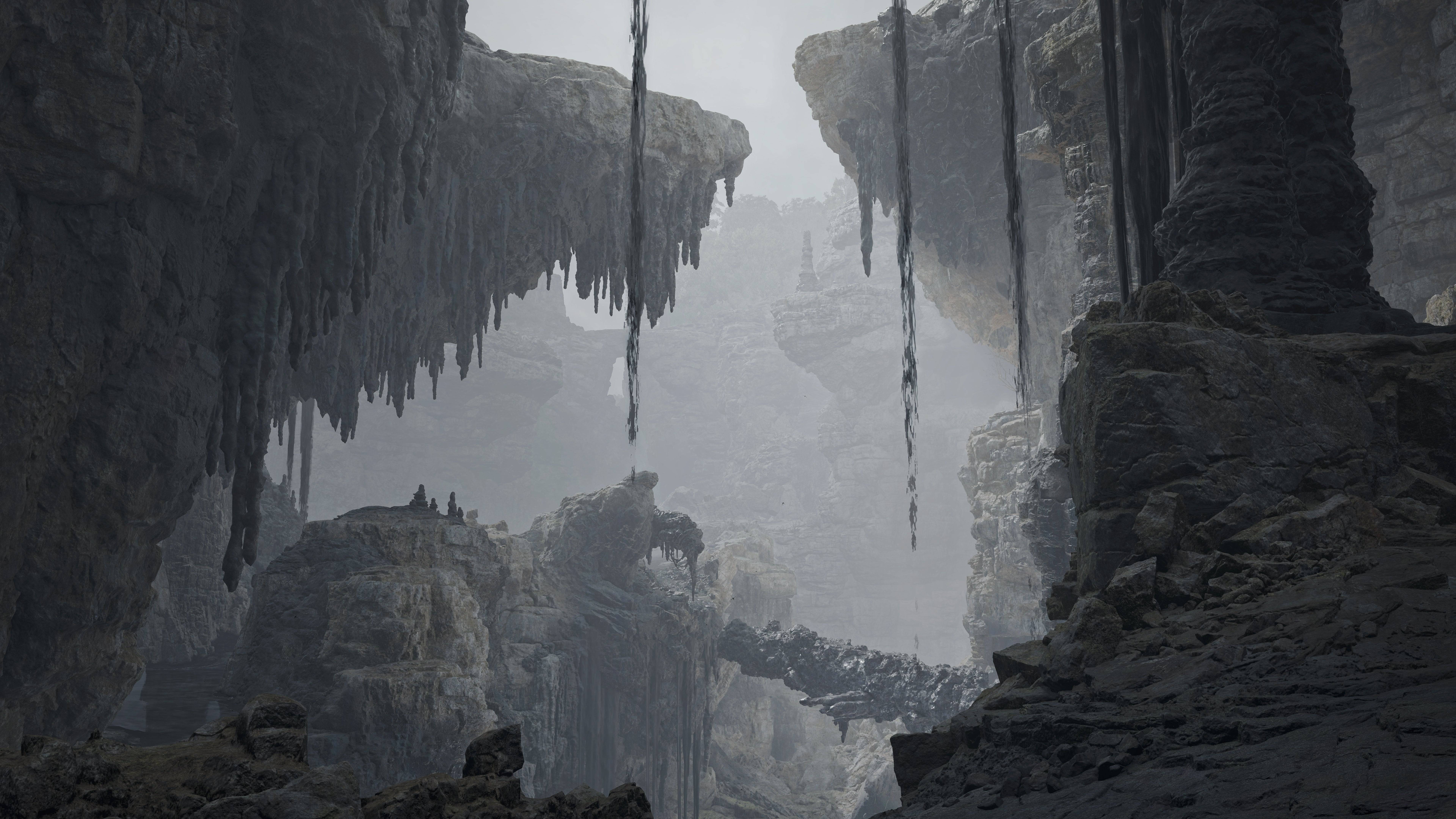
This interview with art director and executive director Kaname Fujioka and director Yuya Tokuda delves into weapon design, detailing adjustments based on feedback from the November 2024 Open Beta Test.
Seamless World, Seamless Gameplay
The seamless map and dynamic weather in Wilds necessitated significant weapon adjustments. Tokuda highlighted changes to the Light and Heavy Bowguns and the Bow. The elimination of base-returning for ammo restocking required rebalancing.
"Basic damage sources are usable without resource expenditure," Tokuda explains. "Normal, pierce, and spread ammo for Bowguns and Bow coatings have unlimited uses, balanced around gauge management. However, pre-prepared or field-gathered ammo remains viable, influencing our balancing."
Weapon changes extended beyond mechanics, impacting design. Fujioka emphasized visual clarity: "We aimed to showcase the Bowgun charging animation for special shots, visually demonstrating attack cancellation." Technological advancements played a key role in these animation improvements. The smoother transitions between actions, including weapon stowing and switching, broadened hunter capabilities.
"Weapons are designed for intuitive use based on the situation, even without player input," Tokuda states. The ability to use healing items while moving, previously impossible, is now facilitated by improved animations.
Fujioka adds, "The Focus Mode allows directional movement during attacks, enabling continuous, slightly off-center attacks. We aimed to realize players' envisioned gameplay styles." Technological advancements in animation management and evolving gameplay expectations shaped the development process.
Focus Strikes and Wound System
Wilds introduces a wound system, allowing hunters to inflict wounds through accumulated damage to specific monster body parts. Environmental factors also contribute to wounding. Focus Strikes, activated in Focus Mode, deal massive damage to wounded areas. Unique animations for each weapon type were created, but initial balance issues emerged during the beta.
"Focus Strike animations showcase each weapon's uniqueness," Tokuda clarifies. "However, the beta revealed balance discrepancies. While personality differences are maintained, we're standardizing them for the release version."
The wound system adds strategic depth. Wounds can become scars, preventing repeated wounding of the same area. Late-game scenarios utilize environmental interactions to inflict unexpected scars. Monsters can even enter hunts with pre-existing wounds due to natural turf wars.
"Monsters start unwounded, but in Wilds' open world, turf wars can occur without hunter intervention," Tokuda explains. "Hunters might encounter already-wounded monsters, potentially yielding additional rewards, including gems."
The wound system and Focus Mode enhance the impact of powerful attacks like the Great Sword's Charged Slash. Monster health and toughness were adjusted accordingly.
"Health is slightly higher than in World, balancing playtime and player satisfaction," Tokuda notes. "Flinch resistance is also higher, but Focus Mode promotes more efficient hunts."
Great Sword's Influence
Weapon tuning involved a team of six planners responsible for player experience, collaborating with artists and animation designers. The Great Sword served as a development prototype.
"We usually start with the Great Sword, then verify weapons like the Sword and Shield and Heavy Bowgun, applying that knowledge to others," Tokuda says. The focus was on both enjoyable gameplay and visually appealing actions.
Fujioka explains the Great Sword's central role in animation development: "Focus Strikes were a new concept. We started with the Great Sword, focusing on feel over performance. It’s an all-rounder, and a strong sense of wanting to challenge ourselves with the Great Sword first. Its Focus Strike's success inspired us to tackle other weapons."
The Great Sword's deliberate tempo, a unique aspect in action games, guides the design of other weapons.
"Weapons with a heavy tempo like the Great Sword are rare," Tokuda observes. "We ensure its fun factor first, then differentiate other weapons from it. It's well-rounded: it can block, has AoE attacks, and delivers solid damage. Mastering it provides a straightforward approach to monster hunting."
Fujioka adds, "The Great Sword's tempo influences the creation of faster weapons. Maintaining a balance between weapon speeds and monster speeds is crucial for a true Monster Hunter experience."
Weapon Uniqueness and Balance
The developers prioritize individual weapon characteristics over uniform ease of use.
"We focus on unique design rather than equal ease of use," Fujioka states. "However, we address issues affecting player experience. Overpowered, easy-to-use weapons are undesirable; we've made significant changes based on open beta feedback."
Tokuda illustrates this with the Hunting Horn: "Its concept is area-of-effect damage. We explored utilizing its sound-based abilities for damage output. We prioritized maximizing its personality rather than solely focusing on damage."
The beta highlighted the Hunting Horn's potential as a self-buffing support weapon. Adjustments are being made for the release version to prevent it from being the only viable secondary weapon choice.
While some weapons may perform better against specific monsters, the developers aim to avoid overly efficient builds for every monster. Endgame content will naturally narrow weapon choices, but maintaining weapon and monster uniqueness remains paramount.
"While efficient weapons gain popularity, we ensure that dedication to a weapon type allows for success through practice," Fujioka emphasizes.
The ability to carry two weapons in Wilds encourages complementary weapon choices.
"Even with specialized weapons, I hope players use two to complement each other," Tokuda says.
Decoration System and Skill Builds
The decoration system in Wilds resembles World's, but alchemy allows creation of single-skill decorations, eliminating the frustration of missing specific skills.
"Decorations are similar to World's, with specific skill abilities," Tokuda explains. "Skills activate via weapon or armor slots. Alchemy enables single-skill decoration creation, solving the skill acquisition problem."
Fujioka shares his experience with World: "I never got the Shield Jewel 2 I needed, finishing the game with an incomplete build."
The developers' weapon preferences highlight their design philosophies. Tokuda favors long-range weapons and the adaptable Sword and Shield, while Fujioka is a dedicated Lance user.
"I'm a Lance main," Fujioka admits. "Positioning is crucial. Wilds simplifies minor adjustments during attacks, offering more choices for Lance users."
The Lance's performance in the beta prompted significant adjustments.
"The Lance's concept wasn't fully realized in the beta," Tokuda acknowledges. "Issues with action execution, timing, and accidental actions made it feel dull. Major improvements are underway for the release version."
The Wilds developers are committed to delivering a refined experience based on player feedback. Their dedication, combined with player passion, continues to define the Monster Hunter series' unique appeal. A detailed community update video covers performance enhancements and weapon changes.

